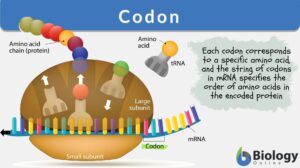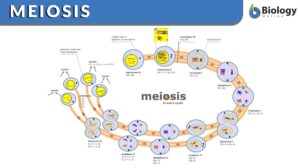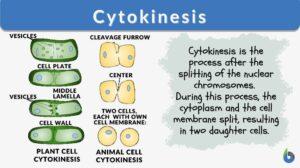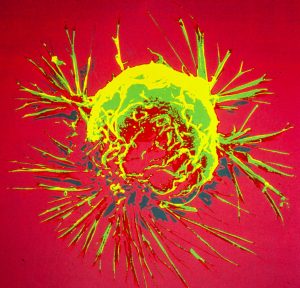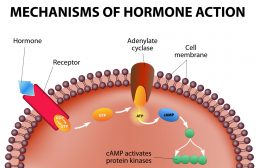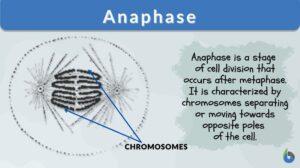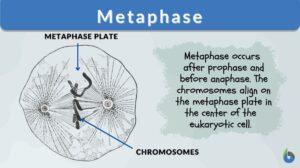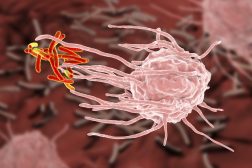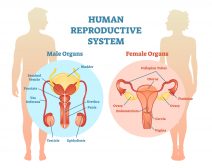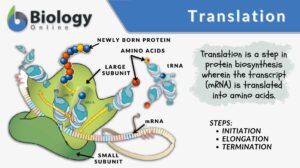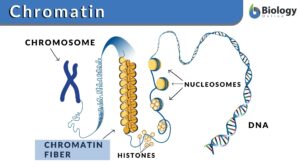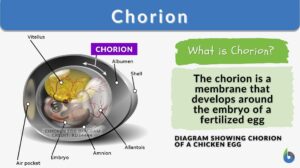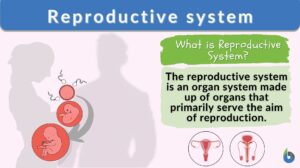Search Results for: second
First-order kinetics
What is a First-Order Kinetics (First-Order Reaction)? First-order kinetics refers to a reaction wherein the overall rate... Read More
Second messenger
second messenger (Science: molecular biology) In many hormone sensitive systems the systemic hormone does not enter the... Read More
Second-order kinetics
second-order kinetics A term describing the reaction rate of a chemical reaction in which the rate is proportional to the... Read More
Second set rejection
second set rejection An accelerated rejection of a transplant that occurs when an individual has been previously sensitised... Read More
Second filial generation
Definition noun (genetics) The filial generation comprised of offspring(s) resulting from a cross between two individuals... Read More
Semilunar valve
The human heart structure consists of heart chambers (2 atria and 2 ventricles) that differ functionally from each other.... Read More
Parthenogenesis
To reproduce, by definition, means to produce new offspring. The process is referred to as reproduction, which is one of the... Read More
Cytokinesis
The cell cycle of eukaryotes is a cyclical series of biological events that certain asexual cells go through. The cell cycle... Read More
Secondary consumer
Definition noun, plural: secondary consumers Any organism that consumes or feeds largely on primary consumers, as well as... Read More
Secondary oocyte
Definition noun, plural: secondary oocytes The resulting oocyte when meiosis I is completed, and gives rise to ootid and... Read More
Genetics – Lesson Outline & Worksheets
Topics Modules Quizzes/Worksheets Description Introduction to Genetics Genetics - Definition:... Read More
RASER proteins selectively “hack” and “shut down” cancer cells
According to World Health Organization, cancer is the second leading cause of death worldwide. The record showed that it... Read More
Homeostatic Mechanisms and Cellular Communication
Homeostasis is the relatively stable conditions of the internal environment that result from compensatory regulatory... Read More
Glycolysis
What is Glycolysis and Why is it Important? Glycolysis is a metabolic pathway by which the 6-carbon molecule of glucose is... Read More
Biological Cell Defense
Organisms must find a means of defense against antigens such a viruses described on the previous tutorial. If this was not... Read More
Principles of Hormonal Control Systems
Hormones are chemical messengers that enter the blood directly upon their secretion from endocrine glands. A single gland or... Read More
Human Reproduction
Terminology and Concepts Primary reproductive organs are called gonads - testes in the male and ovaries in the female.... Read More
Chromosome 2
Definition noun In humans, the autosome that is considered as the second-largest, spanning more than 242 million base pairs,... Read More
Cell adhesion
Cell Adhesion Definition Cell adhesion is the process in which a cell uses a specialized complex of proteins to get... Read More
Translation
Translation, in general, is the conversion of something into another form, such as a word from one language to another. But... Read More
Metaphase II
Definition noun The second stage in meiosis II after prophase II, and highlights the alignment of chromosomes along a single... Read More
Demographic transition
The demographic transition model is a theoretical framework that explains the historical shift in population dynamics as a... Read More
Binomial nomenclature
Binomial Nomenclature Definition Binomial nomenclature is a binomial system of naming a species. A binomial name is... Read More
Neural Control Mechanisms
Nerve cells called neurons generate electric signals that pass from one end of the cell to another and release chemical... Read More
Reproductive system
What is the Reproductive System? The reproductive system of an organism is the biological system made up of all the... Read More
Meiosis II
Definition The second of the two consecutive divisions of the nucleus of eukaryotic cell during meiosis, and composed of the... Read More
Law of Segregation
Mendel’s Laws of Inheritance The father of genetics, Gregor Mendel, reported his findings in 1860 that initially were... Read More


